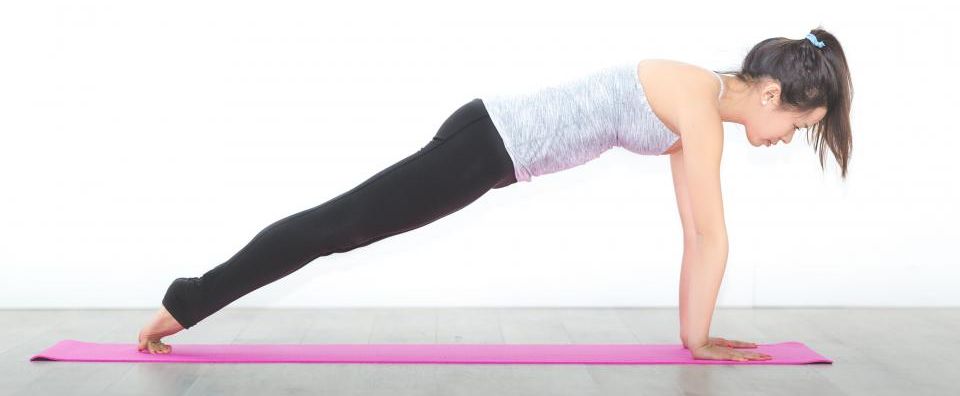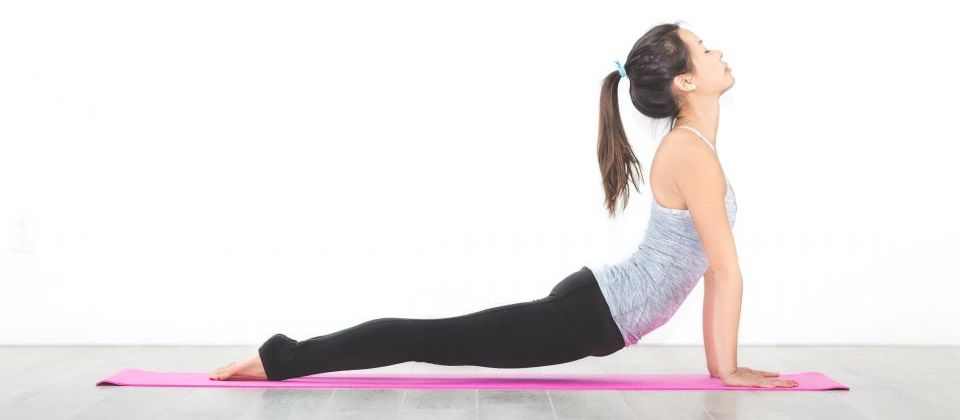If an individual has a tennis elbow, he or she can be limited with activity, and discomfort and pain can occur when moving the affected arm. In this article, we will be focusing on yoga for tennis elbow. Hopefully, by reading this article we will be able to help individuals who have tennis elbow to perform and enjoy yoga.

What is tennis elbow?
Tennis elbow is a musculoskeletal condition and it is also known as Lateral epicondylitis. It can get better without treatment but it can last for a few weeks or months because the affected tendons heal slowly. In fact, there are individuals that can have tennis elbow for more than a year. Tennis elbow will get better and it is a must to rest the affected arm and stop doing the activity that caused the problem.
What causes tennis elbow?
Tennis elbow is caused by repetitive motion, overuse, or injury on the affected arm. This condition does not only occur to individuals who play tennis, although it is mostly sports-related injury. Individuals who use their hands regularly and do the excessive movement of their hands can also be affected by this condition. Individuals who have tennis elbow have pain and swelling on the outer part of the elbow, where the bone is highly prominent. According to our research, there are different types of yoga that can help with tennis elbow. Individuals with tennis elbow can practice yoga because it is helpful in healing them and there are plenty of poses that do not include weight-bearing that involves both arms.

Yoga Poses for Tennis Elbow
1. Mountain Pose
Mountain pose is one of the primary yoga poses and is best for starters to get a hint of what yoga feels like. This pose is mainly known as Tadasana, where you stand tall and straight to maintain balance.
You should stretch your arms sideways and open your palms wide. Try not to strain your elbow stretch as much as you easily can. Maintain this posture for sixty seconds by swaying your arms gently towards the ceiling and back to the sides of your hips. This pose works best as a warm-up exercise.
2. Cow Face Pose
This yoga pose will stretch your elbows and wrists and also increase the blood supply and oxygen circulation to the affected elbow area. By practicing this pose regularly it will help relieve the pain and heal the tennis elbow condition.
To do this pose:
Sit down on the floor. Extend both legs in the front and rest both arms on the sides. Bend both knees and place the soles of the feet flat on the floor. Place the left foot under the right knee and move it going to your right hip. Place the right knee on the left knee and move the right foot towards the outside part of the left hip. Keep your balance steady by balancing the weight evenly. Then, stretch the left hand and bend it at the elbow and gently move it towards the spine. Bring the right hand to the spine coming from the upper side until the right palm is in the center of the spine. Try touching the fingers of both hands and hold the pose. Then feel the stretch on the arms and elbows and at the same time, breathe gently. Release the pose slowly while doing breathing exercises and uncrossing the legs. Return to the first step and repeat the pose a few times.
3. Cobra Pose
This yoga pose helps reduce tension in the upper body.
To do this pose:
Lie face flat on the floor. Then place both hands under the chest while both palms face downward position. Start at the head; roll the body backward as though you are trying to look behind your body. Keep both legs and hips on the floor while doing this move. Then, extend both arms as you push the upper body away from the floor. Feel the muscles stretch in the neck, chest, shoulders, and arms. Breathe steadily and hold this pose for 1 minute.
4. Extended Triangle Pose
This yoga pose will help stretch both elbows and wrists and reduce the pain caused by the tennis elbow.
To do this pose:
Stand and place both feet apart from each other measuring the width of the hip. Place both arms at the sides. Slowly breathe and place both feet apart approximately 4 to 5 feet wide. The right foot must be turned outwards and the left foot slightly inwards. Bring the right hand towards the right ankle and place the fingertips on the ground behind the ankle. Raise the left arm upwards and stretch it according to your capacity. Turn the head towards the left arm and hold this pose for 1 minute. Slowly return to the first step and repeat this process by changing the sides. Perform this pose and feel the stretch by feeling the tug on the elbow.
5. Plank Pose
This pose can help strengthen the arm muscles that help support the elbow. This pose is easy and simple to do and it is a popular fitness move.
To do this pose:
Stay on the floor with your hands and knees, place both hands on the floor in front of you. Lean the weight forward so the shoulders, arms, and hands will be able to support the body. The knees will support the lower part of the body. You can raise your lower body so the hands and toes hold all the weight. Hold this pose for 15 seconds to 1 minute. If you cannot perform the stretch properly, you can try it from a standing position. Stand from the wall 12 to 18 inches away and lean the upper body forward so the hands can rest on the wall and try to push the wall away from you.
5. Big Toe Pose
Padangusthasana, or big toe pose, helps your body stretch with the help of a nice bend. Start by standing straight and stretching your arms upwards. Keep your feet aligned and close to each other for six inches. Slowly exhale and bend your torso with your arms towards your toe tips. Touch your tips using your fingers but try not to bend your legs.
This pose takes practice and time. Some people find it hard to reach their toes at the start, but as the stretching works, your arms will slowly extend. Remain in that posture for sixty seconds, inhale and exhale back to your starting position.
Precautions
Although these yoga poses help a great deal if practiced regularly, ensure you do not injure yourself. Some people perform the wrong poses thinking they are doing it right while they make their tennis elbow condition even worse.
Thus, follow the instructions carefully. If you feel a sudden pain in your elbow, we suggest stopping and avoiding repeating that movement. Always start slow and gradually move further by taking short breaks.
Conclusion
Tennis elbow yoga can cause discomfort and pain on the affected arm and being able to stretch the body; will help relieve the pain associated with the condition. Until the condition heals, it is normal to experience discomfort when doing yoga for tennis elbow, however, if there is extreme pain, stop doing the pose. Inform your medical practitioner before starting yoga poses for your tennis elbow condition.You should start a yoga practice by doing short poses first, and then gradually increasing the duration of each pose.
